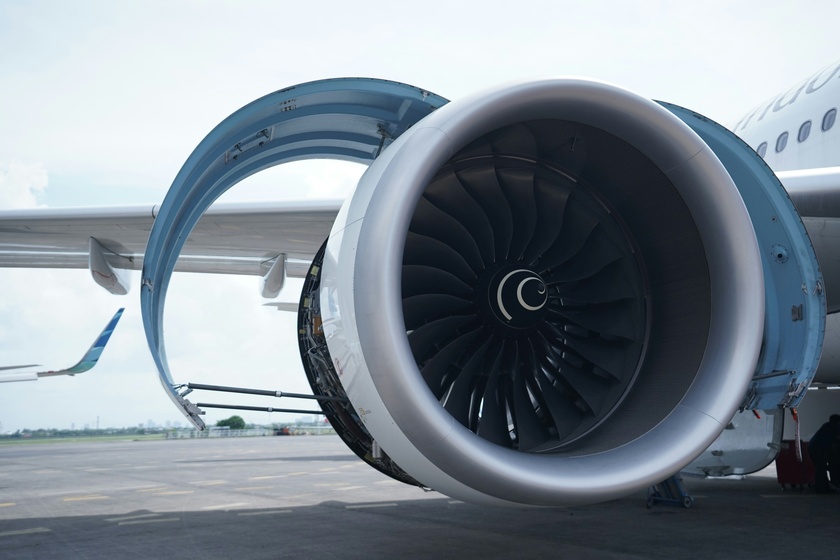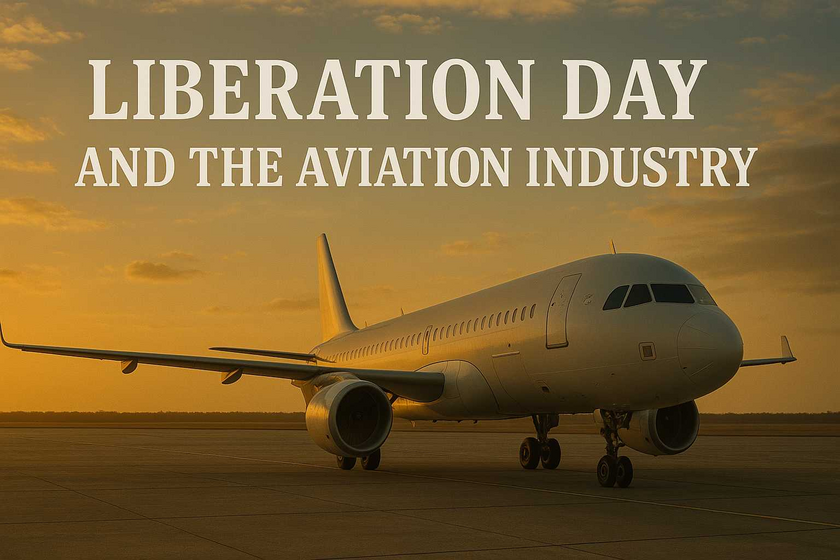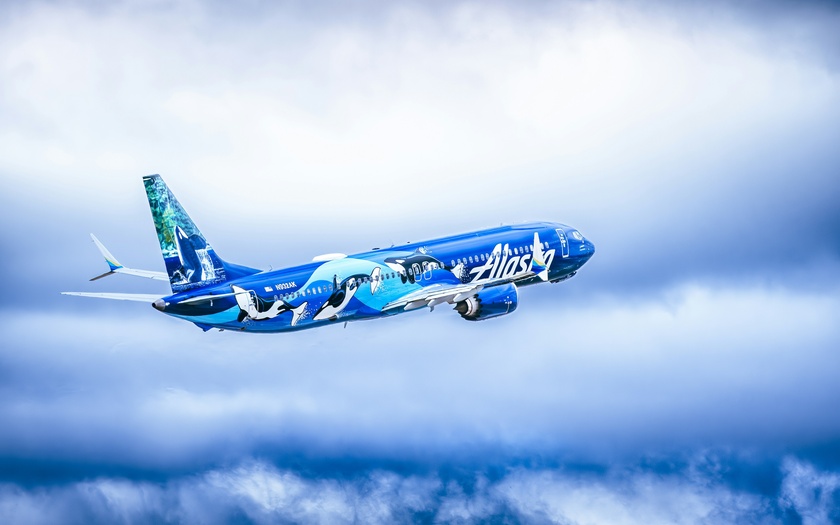
Airline incidents and mishaps related to aircraft maintenance could be about to get worse!
The aviation industry is facing an unprecedented dilemma that has been quietly undermining the safety and efficiency of airline operations. As the global economy grapples with the throes of recession and stagflation, airlines are encountering significant difficulties in recruiting qualified maintenance technicians. This challenge is not merely a matter of filling positions but ensuring that air travel remains safe and reliable for millions of passengers. This article explores the relationship between current economic conditions and the quality of maintenance personnel in the airline industry, underlining the broader implications for safety and operational efficiency.
The global economy, and particularly the US economy, is going through a difficult period, marked by an ongoing recession and predictions of stagflation. This is expected to significantly affect the labor market.
Given the current economic conditions and challenges in the labor market, airlines are finding it difficult to recruit and retain qualified aircraft technicians.
Due to the current situation faced by airlines in recruiting qualified maintenance technicians, there are concerns about compromised hiring standards and potential safety issues.
Get Involved: Do you believe that the current maintenance challenges faced by airlines are a direct result of current economic conditions? Why or why not? Please share your thoughts in the comments below.
Economic Overview and Its Impact on the Labor Market
The present economic landscape, as detailed in analyses by the Ludwig von Mises Institute, paints a stark picture of recessionary pressures and looming stagflation, which combine low economic growth with high inflation. These conditions create a hostile environment for job creation and sustainment, particularly in specialized fields like aircraft maintenance.
Recession and Employment
The current recession has led to a reduction in full-time employment opportunities, with many companies, including airlines, forced to reevaluate their financial strategies and operational expenditures. As companies navigate through these economic headwinds, they often resort to cost-cutting measures, one of which is the hiring process. The inclination to hire less experienced technicians at lower wages is a direct consequence of the need to manage operational costs more stringently.
Stagflation and its Ramifications
On the other hand, stagflation exacerbates these challenges by eroding the purchasing power of salaries, making skilled labor positions less attractive. Professionals in the aircraft maintenance sector are particularly affected, as the demands of the job require high levels of expertise, continuous training, and certifications, all of which demand substantial personal investment. When inflation outpaces wage growth, the motivation for individuals to enter or stay in such demanding jobs diminishes, leading to a scarcity of qualified applicants.
On Aviation™ Note: There is a major misconception that the US economy, and by extension, the global economy, is doing well. This is absolutely false. The economy is not in good shape, and it will continue to deteriorate in the months and years to come.
The Talent Shortage in Aircraft Maintenance
The economic downturn and stagflation have particularly impacted the pool of available talent in aircraft maintenance—a field that requires a high degree of technical knowledge, precision, and reliability. The consequences of these economic policies are twofold:
Reduced Entry into the Field: The significant costs associated with training and certification in aircraft maintenance can deter new entrants, especially when the economic return appears uncertain or inadequate. This situation is exacerbated by the recession, which limits both job opportunities and wage increases.
Attrition of Experienced Technicians: Experienced technicians may seek better opportunities in other industries or retire earlier than anticipated due to insufficient compensation or job insecurity. This attrition is particularly damaging because it depletes the industry of institutional knowledge and mentorship for younger technicians.
Compromised Hiring Standards and Safety Concerns
In response to these challenges, airlines are sometimes forced to lower their hiring standards to fill essential positions. This practice can lead to several problematic outcomes:
Increased Risk of Errors: Technicians lacking in experience or training may be more prone to making errors in maintenance checks and repairs. Even small mistakes can lead to critical safety issues in aviation.
Higher Maintenance Costs Over Time: Inexperienced technicians might require longer to perform tasks or more frequently redo work, leading to increased labor costs and aircraft downtime.
Regulatory and Compliance Risks: Aviation is a heavily regulated industry. Employing under qualified staff risks non-compliance with safety standards and regulations, which can result in fines and reputational damage.
On Aviation™ Note: It is worth remembering that the impacts of events occurring in the industry are not always readily seen. The degradation of standards in aircraft maintenance is linked to the current recession, and this must be understood for the right actions to be taken to mitigate the risks involved.
Looking Ahead: Solutions and Strategies
Addressing the maintenance technician shortage requires a multi-faceted approach:
Enhanced Training and Certification Programs: Airlines, in partnership with educational institutions, could invest in targeted training programs that offer both technical skills and practical experience. These programs should be financially accessible to attract more candidates into the field.
Improved Compensation Structures: To counteract the effects of stagflation, airlines should consider revising compensation packages to offer competitive wages, benefits, and career advancement opportunities.
Industry Collaboration: Airlines can collaborate to create standardized recruitment criteria and retention strategies that ensure a consistent level of expertise and experience among maintenance staff across the industry.
Government and Policy Intervention: Policymakers could provide some alleviation by relaxing some unnecessary regulations that burdens airlines during this tough time.
Conclusion
The intersection of economic challenges and airline maintenance issues underscores a crucial aspect of industry sustainability. While airlines navigate these turbulent times, the focus must remain on maintaining high standards of safety and operational efficiency. The path forward involves strategic investments in human capital and a commitment to upholding rigorous hiring standards, irrespective of broader economic pressures. The safety of air travel depends on the robustness of its maintenance workforce, making this an issue of paramount importance for the industry and its patrons alike.
Thank you for reading this week's On Aviation™ full article. Do you believe that the current maintenance challenges faced by airlines are a direct result of current economic conditions? Why or why not? Please share your thoughts in the comments below. Remember to check out our On Aviation™ Podcast and continue the conversation on our Twitter and Instagram.
Orlando - On Aviation™

















